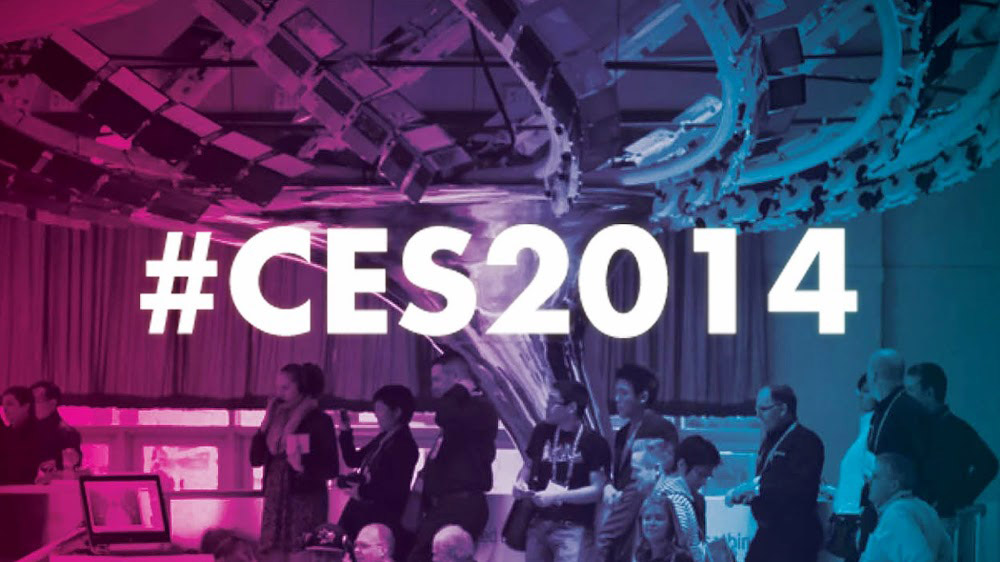Britain is a tech hungry country. Last year, Britons spent £9 billion on new tech devices and carried around £22billion worth of gear around with them – a hefty sum, reflecting the dominance of gadgetry in our everyday lives. Preparations for Christmas 2013 focused on new and up- and – coming technology, with many tech brands pushing their latest product heavily. This trend is set to continue in 2014 as high-end consumer-facing technology becomes an ever more viable and long-lasting proposition.
SEE ALSO: 2014 is the Year of Sport
The new devices set to make an appearance at the International Consumer Electronics Show in Las Vegas this week are a perfect example. One of this year’s stars looks to be a Bluetooth-enabled toothbrush from Kolibree, which will tell your phone how “efficiently” you’ve been brushing your teeth, and for how long. Technology by its very nature is an ever evolving sector, with the new quickly replacing the old and all but the most tech-adverse consumers wanting to keep abreast of what is coming on to the market. This desire to have what’s hot and new is one of the reasons why 2014 looks like it will be the year of wearable technology products. Beyond the constraints of the typical mobile phone or tablet, wearable tech means products that are not only portable, but are hands-free. Think of Google’s Glass or Samsung’s smartwatch. Much more than a straightforward time keeping device, the smartwatch is a transportable tech hub giving users access to all their data points, conveniently located on their wrist. In essence, its convenient aspect complements the general rhythm of the wearer’s everyday life.
This lifestyle-based approach is often targeted towards the health conscious. Personal health and wellbeing will be important factors in all wearable devices as consumers try to rationalise buying ‘gadget bling’ under the pretext of it improving their health and fitness. Take the Fitbit Force, a newly released wristband that learns your daily activity, calories burned, your sleeping patterns and weight. The brand understands that to be successful, wearable tech must not only chime with consumers’ lifestyle needs but also present a level of desirability. The consumer must genuinely want to buy the product and that usually means presenting it more as a lifestyle item and less like a complicated piece of technological innovation. CES has also shown that wearable technology and the connected health category now even extends to your pets, with US tech firm Voyce announcing a smart collar for dogs.
SEE ALSO: Europe’s Warm Embrace to Advertising
This is not to say that innovation is to be ignored; far from it. Wearable tech has the potential to become an even greater part of everyday life and this has been reflected in recent developments. For instance, at CES Samsung unveiled their plans for a Smart Home. This is a house that can be controlled through various smart devices – including wearable tech. For example, washing machines could be manipulated through a smartwatch whilst the wearer is at work.
Samsung’s Smart Home concept may be a long way from full fruition but it does highlight that wearable tech has the potential for greater integration into our daily lives. Far from being a flash – in –the –pan gimmick wearable tech will continue to grow. Analysts already expect 1.5 million wearable devices to be sold in 2014. Clearly, this is a growing market. However, what technology producers must be aware of is that the consumer wants devices that are in synch with their everyday life and can complement it. This means that brands should focus on making their products accessible and more ‘lifestyle’ based in lieu of concentrating on marketing the innovative technological advancements that only appeal to a niche market.
Images: ibtimes.co.uk / exacttarget.com
